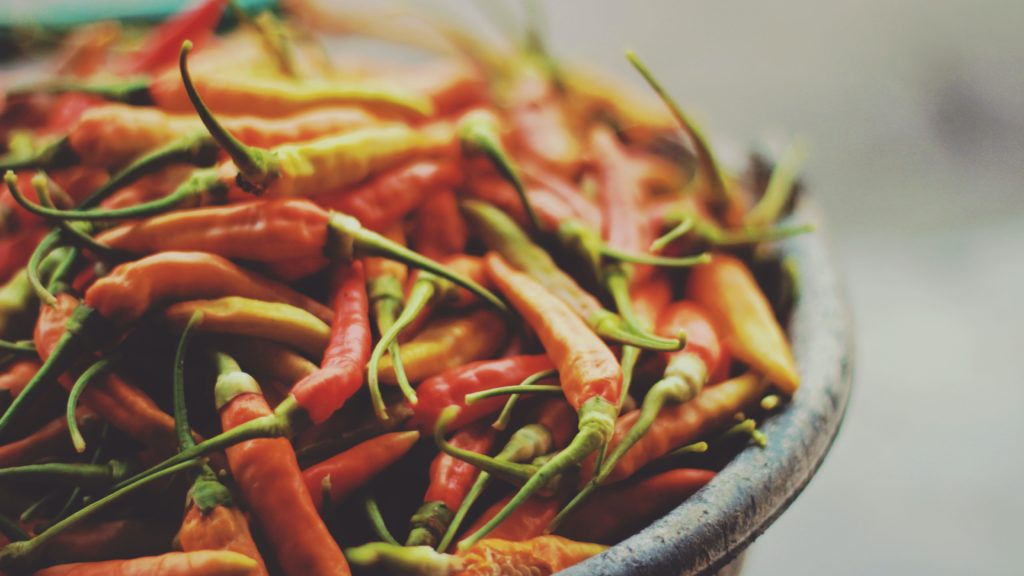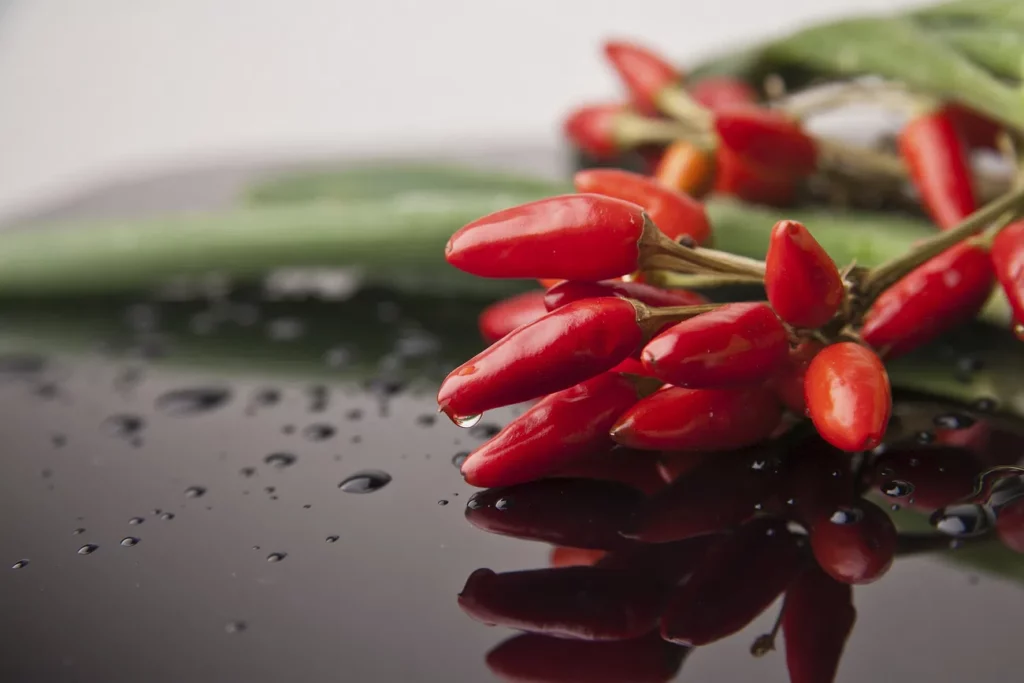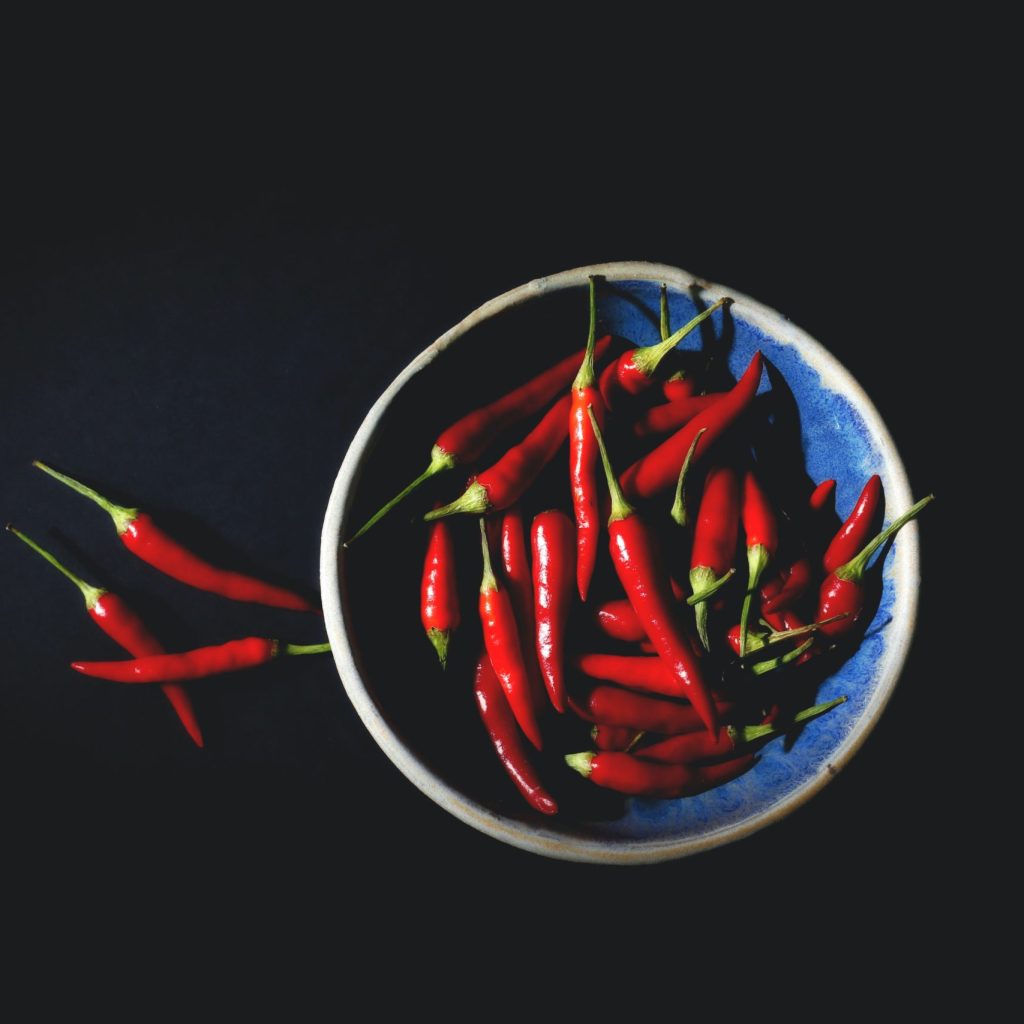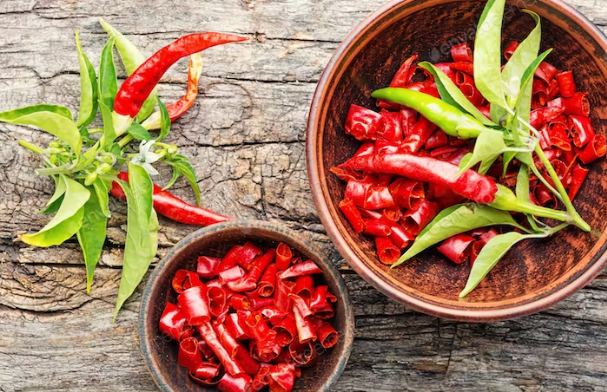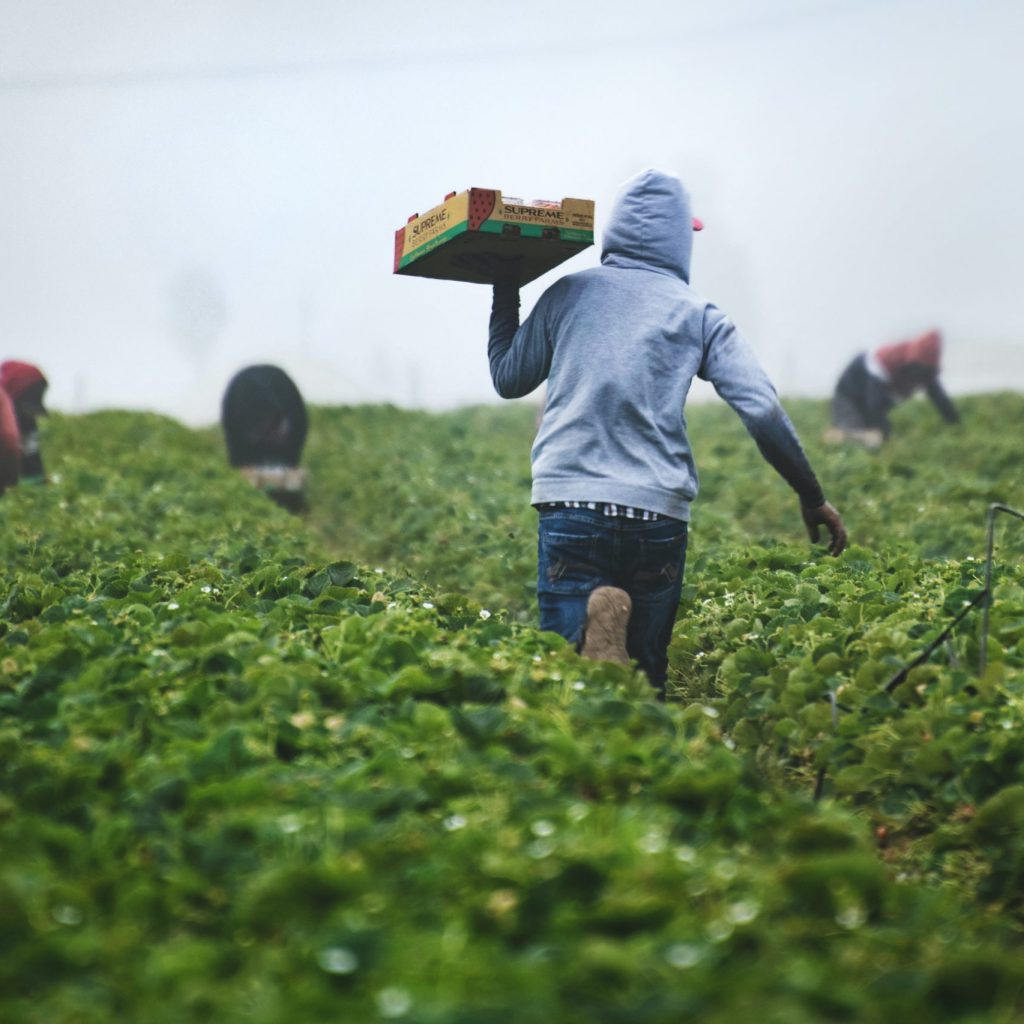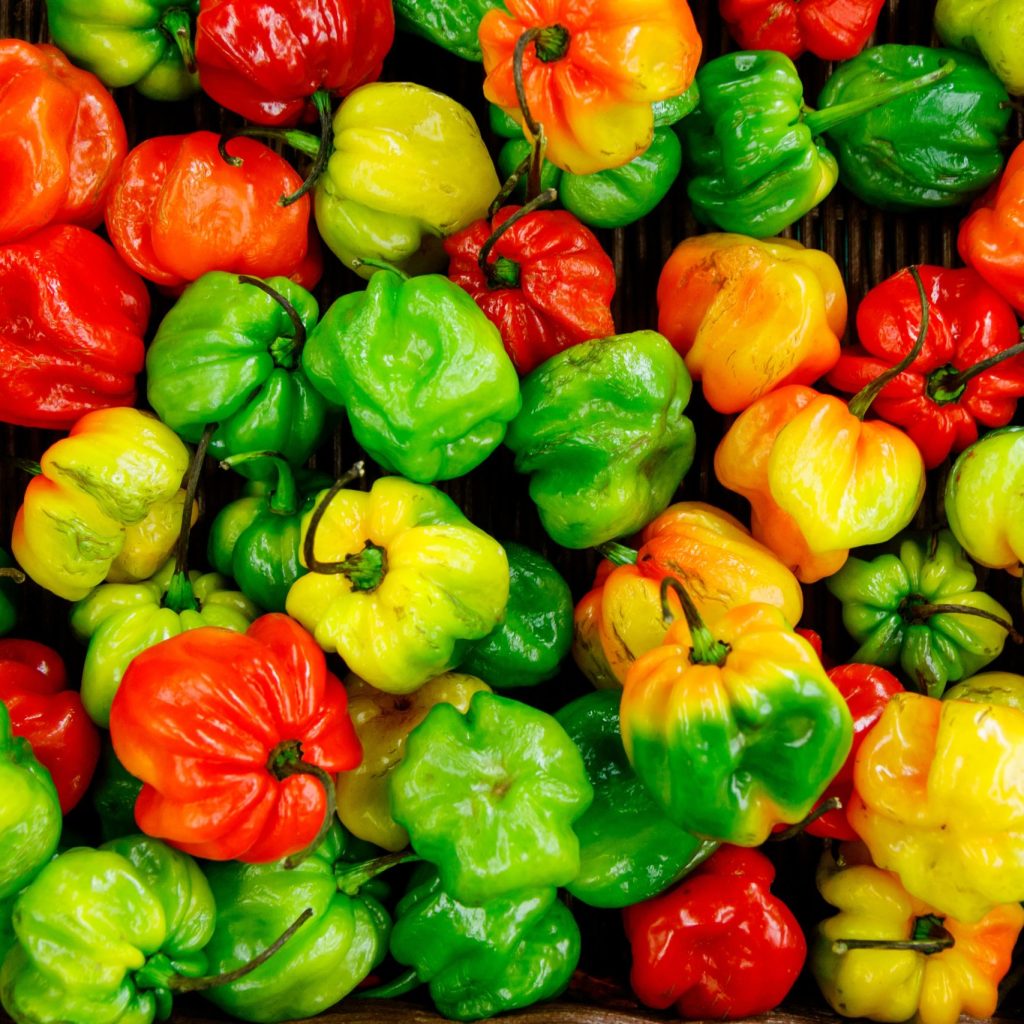Understanding the Ghost Pepper: A General Overview
The Fire Within: Exploring the Ghost Pepper’s Heat
The Ghost Pepper, scientifically known as Bhut Jolokia, is a legendary chili pepper that has gained a reputation for its intense heat. This fiery fruit originates from the northeastern regions of India, Bangladesh, and Sri Lanka, where it has been a staple in traditional cuisine for centuries. Renowned for its scorching heat, the Ghost Pepper holds the title of one of the hottest peppers in the world.
A Journey through Scoville Units: Measuring the Heat
To truly understand the magnitude of the Ghost Pepper’s heat, we must turn our attention to Scoville units. Named after pharmacist Wilbur Scoville, this scale measures the concentration of capsaicin, the compound responsible for the pepper’s spicy kick. On the Scoville scale, the Ghost Pepper can reach jaw-dropping levels of up to 1 million Scoville Heat Units (SHU) or even higher. It easily surpasses the heat of commonly consumed peppers like jalapeños and habaneros, making it a daring challenge for even the bravest chili enthusiasts.
Culinary and Medicinal Uses: Beyond the Heat
Despite its formidable heat, the Ghost Pepper offers more than just a fiery experience. In traditional cuisines, the pepper adds a distinctive flavor to various dishes and is often used to create spicy chutneys, pickles, and curries. Its complex taste, combined with the intense heat, makes it a sought-after ingredient for those who enjoy pushing their culinary boundaries.
Beyond the realm of gastronomy, the Ghost Pepper also possesses potential medicinal properties. Some studies suggest that the capsaicin found in these peppers may have pain-relieving and anti-inflammatory effects. Additionally, it is believed to boost metabolism, aid digestion, and even provide relief from certain respiratory issues. However, it is important to note that more research is needed to fully understand and harness the potential health benefits of this fiery fruit.
In conclusion, the Ghost Pepper stands as a testament to the resilience and intensity of nature’s bounties. Its scorching heat, measured by Scoville units, places it among the hottest peppers in the world. Yet, beyond its spiciness, it offers a unique flavor profile and potential health benefits. Whether you dare to take on the challenge or simply appreciate its culinary and medicinal applications, there is no denying the captivating allure of the Ghost Pepper.
The Origin and Cultivation of the Ghost Pepper
The Fascinating Origins of the Ghost Pepper
Deep in the vibrant and diverse landscape of northeastern India, the ghost pepper, scientifically known as Bhut Jolokia, reigns supreme as one of the world’s hottest chili peppers. This fiery legend was first discovered in the states of Assam, Nagaland, and Manipur, where it has been a cornerstone of local cuisine for centuries.
The story of the ghost pepper’s cultivation is intertwined with the rich cultural heritage of these regions. Indigenous farmers, with their expert knowledge passed down through generations, have mastered the art of growing this elusive and formidable pepper. The favorable climatic conditions, including the region’s warm temperatures and high humidity, create the perfect environment for the ghost pepper to thrive.
Cultivating the ‘Bhut Jolokia’: A Labor of Love
Growing ghost peppers requires patience, dedication, and a deep understanding of the plant’s specific needs. Farmers carefully select the finest seeds from mature ghost pepper pods, ensuring the continuation of the desired traits in subsequent generations. These seeds are nurtured in specially prepared soil beds until they develop into robust seedlings.
Once the seedlings have reached maturity, they are transplanted to larger fields, where they are given ample space to spread their roots. The plants are meticulously cared for, with regular watering, protection from pests, and the provision of natural fertilizers to enhance their growth.
Harvesting and Utilizing the Fierce Bounty
As the ghost peppers ripen, transitioning from vibrant green to fiery shades of orange and red, the time for harvest approaches. Skilled farmers carefully pluck the peppers from the plants, ensuring they are at the peak of their flavor and pungency. This is a task that requires both precision and caution, as the peppers’ intense heat can be felt even through gloves.
Once harvested, the ghost peppers find their way into various culinary creations. From traditional Indian dishes to modern hot sauces and spicy snacks, the unique flavor and searing heat of the ghost pepper add an electrifying element to any culinary adventure.
Taste and Culinary Uses of the Ghost Pepper
Taste Profile
The ghost pepper, also known as Bhut Jolokia, is notorious for its fiery heat. However, there is more to this pepper than just spiciness. Despite its intense heat, the ghost pepper offers a unique and complex flavor profile that adds depth and excitement to any dish.
When tasting a ghost pepper, one will notice its smoky and earthy undertones, which provide a distinct and almost addictive flavor experience. This pepper also imparts hints of sweetness and fruity notes, such as tropical or citrus flavors, underneath its fiery nature.
Culinary Uses
The ghost pepper is a prized ingredient in various culinary traditions, particularly in South Asian and Indian cuisines. Due to its extreme spiciness, it is commonly used sparingly and strategically to add intense heat to dishes.
One popular use of the ghost pepper is in creating hot sauces and spicy condiments. Its high heat level makes it a sought-after ingredient for those who seek the ultimate spicy experience. Ghost peppers can also be added to marinades, salsas, and pickles to infuse a powerful kick into these preparations.
Despite being one of the hottest peppers in the world, the ghost pepper can be utilized creatively in cooking. It can be incorporated into recipes for spicy curries, chili, stir-fries, and even desserts. The adventurous home cook or chef can experiment with the ghost pepper to balance its heat with other complementary flavors for a truly unique culinary creation.
Health Benefits and Risks Associated with Ghost Pepper
Enhanced Metabolism
Eating ghost peppers can provide a notable boost to your metabolism. The active component, capsaicin, has been found to increase the metabolic rate, resulting in enhanced calorie burning. This can be particularly beneficial for individuals looking to lose weight or maintain a healthy body weight. Incorporating ghost peppers into your diet may give your metabolism a natural kick-start.
Anti-Inflammatory Properties
Despite their fiery reputation, ghost peppers actually possess anti-inflammatory properties that can offer several health benefits. Capsaicin has been shown to reduce inflammation and pain by inhibiting certain molecules in the body. This property makes ghost peppers a potential natural remedy for various inflammatory conditions, such as arthritis. However, it’s important to consume them in moderation and consult a healthcare professional when considering using them for medicinal purposes.
Gastric Irritation and Sensitivity
While ghost peppers offer numerous health benefits, it’s crucial to be aware of the potential risks associated with their consumption. Due to their extreme spiciness, consuming ghost peppers in excess can lead to gastric irritation and gastrointestinal discomfort. Individuals with pre-existing digestive conditions, such as ulcers or irritable bowel syndrome (IBS), should exercise caution when consuming these peppers. It’s advisable to start with small quantities and gradually increase the amount to gauge your tolerance level.
Growing Your Own Ghost Pepper: A Comprehensive Guide
Preparing the Soil
To successfully grow your own ghost peppers, it is essential to start with the right soil. Ghost peppers thrive in well-draining soil that is rich in organic matter. Begin by choosing a sunny location for your plant, as these peppers love the warmth. Loosen the soil and remove any weeds or debris. Amend the soil with compost or well-rotted manure to provide the necessary nutrients for healthy growth.
Planting and Watering
When it comes to planting ghost peppers, timing is crucial. Wait until all chances of frost have passed before putting your plants in the ground. Dig a hole that is large enough to accommodate the root ball. Gently place the plant in the hole, making sure it sits at the same depth as it was in the container. Backfill the hole with soil and firmly pat it down. After planting, give your ghost pepper plant a thorough watering.
Ghost peppers require consistent moisture, but be careful not to overwater as this can lead to root rot. Allow the top inch of soil to dry out between waterings. During dry spells, it may be necessary to water more frequently. Mulching around the base of the plant can help retain moisture and prevent weeds from taking hold.
Caring for Your Ghost Pepper Plant
Proper care is essential for the success of your ghost pepper plant. Regularly check for pests such as aphids or spider mites and take appropriate action if necessary. Consider using organic pest control methods to avoid any harmful chemicals. As the plant grows, provide support such as stakes or cages to prevent it from toppling over due to the weight of the peppers.
Fertilize your ghost pepper plant every few weeks during the growing season using a balanced organic fertilizer. Prune away any dead leaves or branches to encourage new growth. Be cautious when handling the peppers, as their heat can cause irritation. It is recommended to wear gloves and avoid touching your face or eyes while handling ghost peppers.
By following these guidelines and giving your ghost pepper plant the attention it needs, you will soon be rewarded with a bountiful harvest of these fiery and flavorful peppers.


